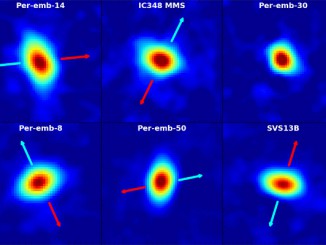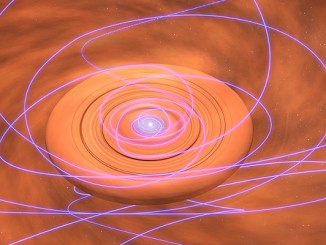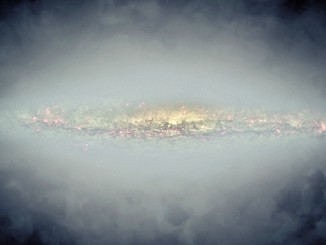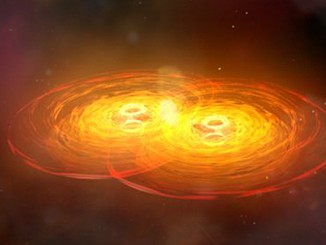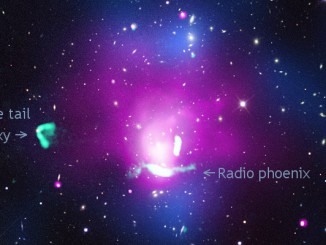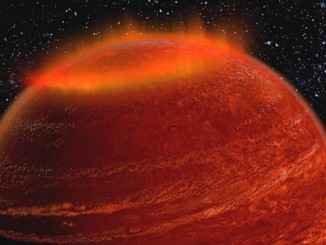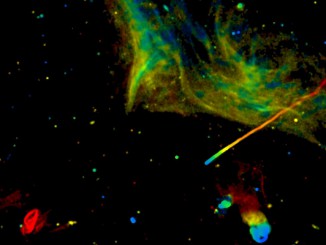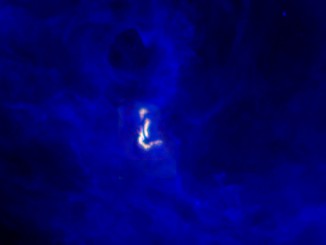
VLA reveals earliest stages of planet formation
New images of a young star called HL Tauri made with the Karl G. Jansky Very Large Array (VLA) reveal what scientists think may be the very earliest stages in the formation of planets. The scientists used the VLA to see unprecedented detail of the inner portion of a dusty disc surrounding the star, some 450 light-years from Earth.

